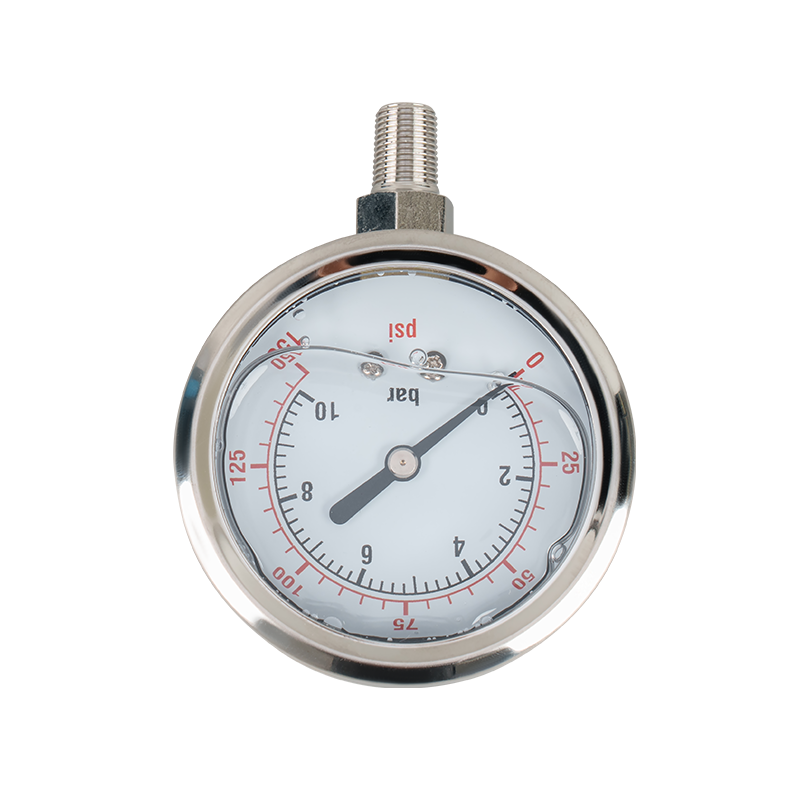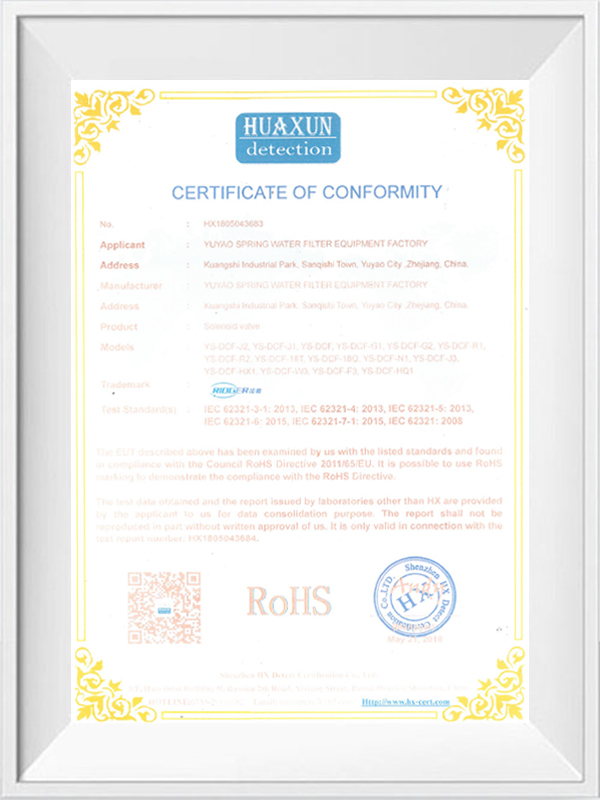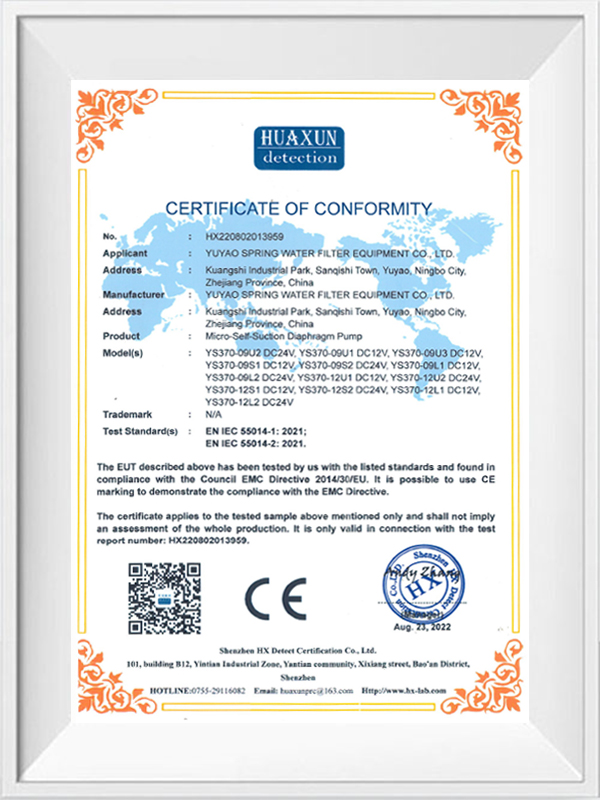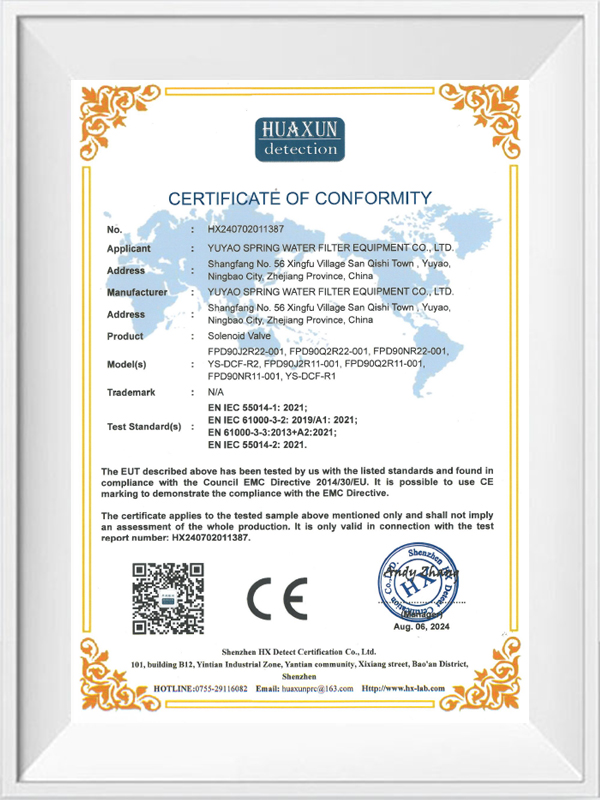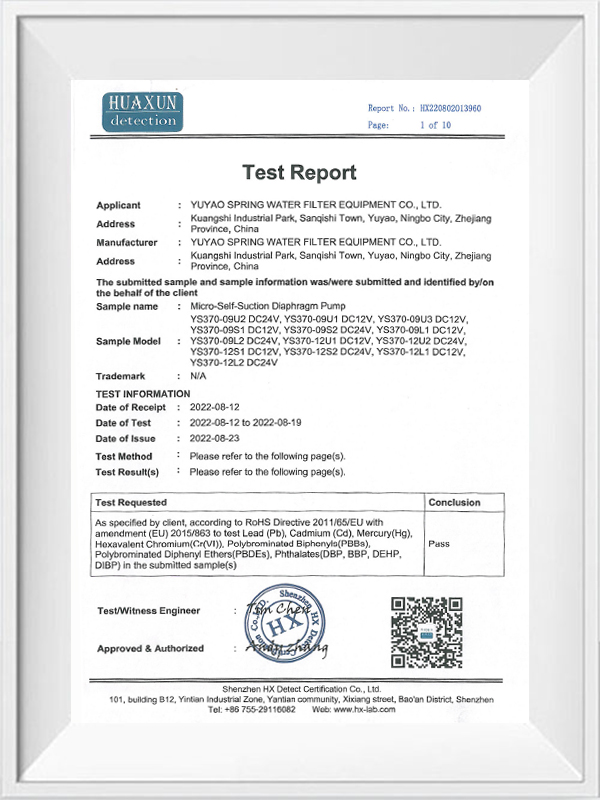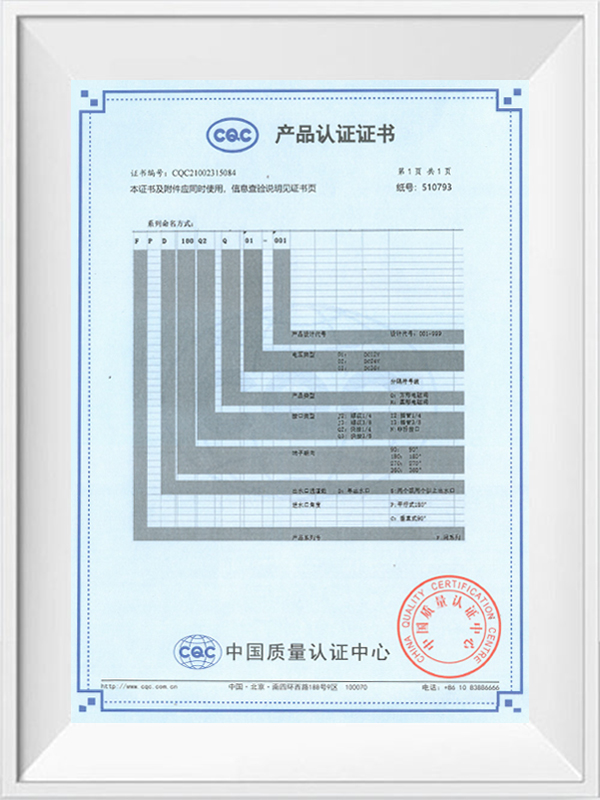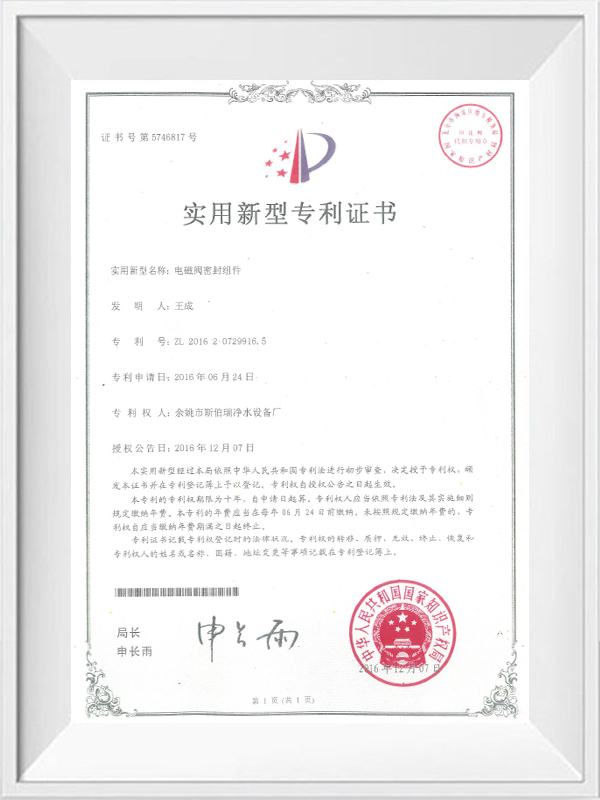How to Maintain a Water Filter Pressure Gauge
Calibration is one of the most important aspects of maintaining a
water filter pressure gauge. Over time, the internal components of the gauge may experience slight variations that can cause inaccuracies in the pressure readings. Regular calibration ensures that the gauge provides precise and reliable data. Frequency of Calibration: The frequency of calibration largely depends on the environment in which the gauge operates. For industrial applications where the gauge is exposed to harsh conditions, calibration should be done more frequently, such as every 6 to 12 months. In residential or less demanding applications, calibration may only need to be done annually or semi-annually. Use of Calibration Tools: It is essential to use accurate calibration tools to verify the pressure reading of the gauge. These tools, such as calibration pumps or reference gauges, should be regularly calibrated themselves to ensure the highest accuracy. Calibration Process: To calibrate the gauge, it should be removed from the system and connected to a reference gauge that is already known to be accurate. The two readings should be compared, and any discrepancies should be adjusted accordingly. The calibration procedure should be carried out by a professional or someone with knowledge of the system to avoid errors in the process. Yuyao Spring Water Filter Equipment Co., Ltd. emphasizes the importance of ensuring that all their water filter pressure gauges undergo strict calibration tests during the manufacturing process. Their gauges are designed to maintain high levels of accuracy over time, making regular recalibration straightforward for end-users.
Keeping the water filter pressure gauge clean is essential for maintaining its functionality and preventing clogging or damage to the internal mechanisms. Cleaning the gauge ensures that no debris, dust, or waterborne contaminants accumulate, which can interfere with pressure readings. To clean the water filter pressure gauge: Turn off the System: Before cleaning, always ensure that the filtration system is turned off and pressure is relieved from the gauge. Use Non-Abrasive Cleaning Methods: When cleaning the exterior of the gauge, avoid using abrasive materials or harsh chemicals that could scratch or damage the surface. A soft cloth dampened with water or mild detergent is sufficient. For more stubborn stains, a non-abrasive cleaner specifically designed for pressure gauges may be used. Cleaning the Internal Mechanisms: If the gauge is removable from the filtration system, it may need to be disassembled for internal cleaning. This can be particularly necessary in high-contaminant environments. A thorough cleaning of the internal mechanisms with a brush and soft cloth can prevent blockages and build-up of minerals or debris that might affect the pressure reading. Be cautious not to damage any sensitive components during this process. Yuyao Spring Water Filter Equipment Co., Ltd., with its extensive knowledge of pressure gauge design, ensures that their products are engineered for easy cleaning and maintenance. Their water filter pressure gauges feature durable, corrosion-resistant materials that withstand frequent cleaning without losing performance.
Routine inspection is essential to detect signs of wear or damage that could affect the gauge’s operation. Pressure gauges are subject to physical wear, especially in industrial environments with fluctuating pressure levels and harsh conditions. Visual Inspection: Start with a visual inspection to check for cracks, corrosion, or leaks around the gauge. If the gauge is mounted on a system, inspect the mounting area for any signs of movement, which could cause stress on the gauge over time. Check the Dial or Digital Display: For analog gauges, check the dial for any cracks or signs of malfunction. The needle should return to zero when the system is not under pressure. For digital gauges, ensure that the display is clear and free from any glitches or inconsistencies. Seals and Gaskets: Over time, seals and gaskets that help maintain pressure and prevent leaks can wear out. Check these components regularly for signs of damage or degradation, and replace them if necessary to avoid air or fluid leakage that could affect the gauge’s accuracy. Pressure Cycling and Needle Movement: For analog gauges, it’s important to observe the movement of the needle. If it fluctuates erratically or does not respond smoothly to changes in pressure, this may indicate an internal issue. Digital gauges should provide steady and accurate readings without sudden jumps or drops. By maintaining a regular inspection schedule, potential problems with the gauge can be detected early, allowing for timely repairs or replacements. Yuyao Spring Water Filter Equipment Co., Ltd. offers high-quality pressure gauges with robust designs that minimize wear and tear, ensuring long-term performance in even the most demanding environments.
Even with proper maintenance, water filter pressure gauges can occasionally experience problems. Troubleshooting common issues early on can help prevent more significant problems down the line. Here are some common problems and potential solutions: Inaccurate Pressure Readings: If the pressure gauge consistently shows inaccurate readings, the first step is to verify the calibration and clean the gauge as described earlier. If the problem persists, it may be caused by internal damage or contamination of the gauge. In such cases, the gauge may need to be replaced or professionally repaired. Needle Sticking or Erratic Movement: This issue is caused by debris or internal wear. Cleaning and lubrication (if applicable) may resolve the issue. If not, the internal components should be checked for damage, and replacement parts may be needed. Leaks Around the Gauge: Leaks are often caused by damaged seals or improper installation. Ensure that the gauge is correctly fitted and that the seals are intact. Replace any worn-out seals or gaskets to ensure a secure fit. Yuyao Spring Water Filter Equipment Co., Ltd. provides detailed troubleshooting guides for their customers and supports them with replacement parts and service recommendations. Their water filter pressure gauges are designed to minimize common issues, and they offer ongoing technical support to ensure that customers can resolve problems swiftly.


 English
English 中文简体
中文简体